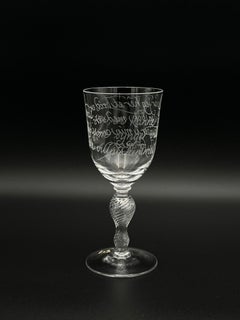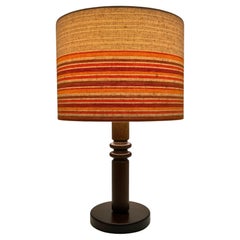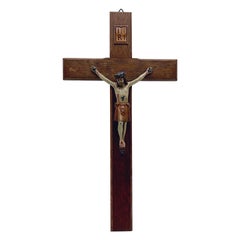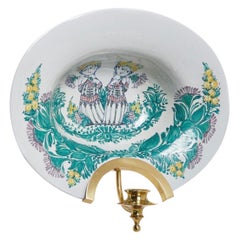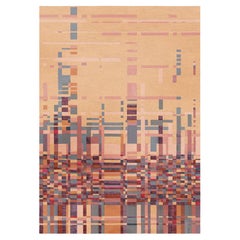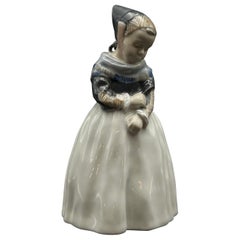Norway
1970s Norwegian Baroque Vintage Norway
Crystal
Mid-20th Century Swedish Scandinavian Modern Norway
Textile, Wood, Pine
Early 1900s Norwegian Rustic Antique Norway
Metal
1990s Danish Scandinavian Modern Norway
Ceramic, Stoneware
2010s Norwegian Post-Modern Norway
Wool, Bamboo
1960s Danish Vintage Norway
Porcelain
2010s Norwegian Post-Modern Norway
Other
1970s Scandinavian Modern Vintage Norway
Ceramic
2010s Norwegian Post-Modern Norway
Wool, Silk, Bamboo
Early 20th Century Norwegian Arts and Crafts Norway
Marble
1970s Norwegian Scandinavian Modern Vintage Norway
Art Glass
2010s Norwegian Post-Modern Norway
Other
2010s New Zealand Post-Modern Norway
Ceramic, Clay, Stoneware
19th Century European Gothic Antique Norway
Brass, Bronze
Mid-20th Century Swedish Scandinavian Modern Norway
Textile, Fabric, Glass, Art Glass, Plastic
2010s Norwegian Post-Modern Norway
Wool, Bamboo
Early 20th Century Norwegian Art Deco Norway
Porcelain, Ceramic, Faience
2010s Pop Art Norway
Porcelain, Stoneware
19th Century European Antique Norway
Enamel
2010s Norwegian Scandinavian Modern Norway
Ceramic
Early 1900s Norwegian Art Nouveau Antique Norway
Metal, Pewter
2010s Norwegian Post-Modern Norway
Wool
Mid-20th Century Swedish Arts and Crafts Norway
Brass, Steel, Iron
1930s Norwegian Baroque Vintage Norway
Birch, Nutwood
1930s Norwegian Art Deco Vintage Norway
Porcelain
2010s Norwegian Post-Modern Norway
Wool, Bamboo
2010s Norwegian Post-Modern Norway
Wool, Bamboo
Mid-20th Century Unknown Art Deco Norway
Porcelain, Opaline Glass
1960s Icelandic Scandinavian Modern Vintage Norway
Brass, Copper
20th Century French George IV Norway
Brass, Bronze
Late 20th Century Norwegian Bauhaus Norway
Bronze, Brass
2010s Norwegian Post-Modern Norway
Wool, Bamboo
2010s Norwegian Post-Modern Norway
Wool, Bamboo
2010s Norwegian Post-Modern Norway
Wool, Bamboo
2010s Norwegian Post-Modern Norway
Wool, Bamboo
2010s Norwegian Post-Modern Norway
Wool
Late 20th Century Finnish Mid-Century Modern Norway
Porcelain
1970s Norwegian Scandinavian Modern Vintage Norway
Hardwood, Teak, Walnut
Mid-20th Century Norwegian Scandinavian Modern Norway
Brass
2010s New Zealand Post-Modern Norway
Ceramic, Clay, Stoneware
1860s Danish Louis Philippe Antique Norway
Porcelain
2010s Norwegian Post-Modern Norway
Wool, Bamboo
2010s Norwegian Post-Modern Norway
Wool, Silk, Bamboo
Mid-20th Century Danish Scandinavian Modern Norway
Metal, Brass
2010s Norwegian Post-Modern Norway
Wool
2010s Norwegian Post-Modern Norway
Wool
1950s Swedish Scandinavian Modern Vintage Norway
Ceramic, Stoneware
1970s Norwegian Scandinavian Modern Vintage Norway
Ceramic
2010s Norwegian Post-Modern Norway
Other
2010s Norwegian Post-Modern Norway
Wool, Cotton
2010s Norwegian Post-Modern Norway
Wool, Bamboo
2010s Contemporary Norway
Canvas, Acrylic
2010s Norwegian Post-Modern Norway
Wool, Silk, Bamboo
2010s Norwegian Post-Modern Norway
Wool, Bamboo
2010s New Zealand Post-Modern Norway
Ceramic, Clay, Stoneware
1930s Norwegian Art Deco Vintage Norway
Porcelain
1950s Norwegian Scandinavian Modern Vintage Norway
Ceramic
Mid-20th Century Norwegian Norway
Crystal, Silver, Sterling Silver
2010s Norwegian Post-Modern Norway
Wool
2010s Norwegian Post-Modern Norway
Other
